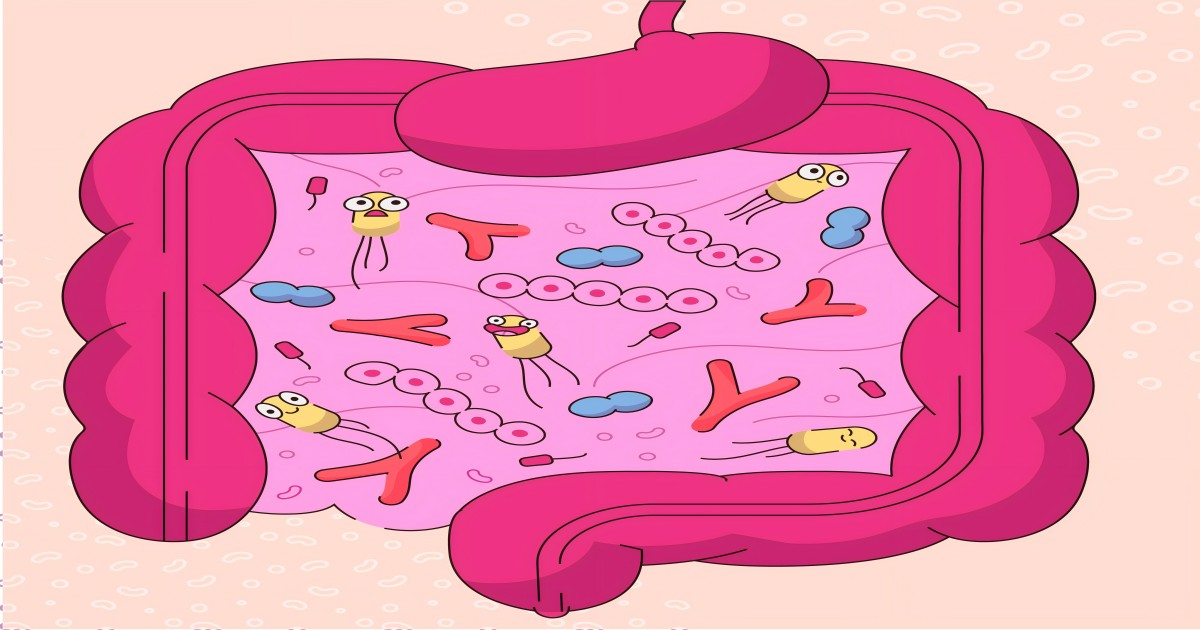- 2.3Impact Factor
- 3.5CiteScore
- 22 daysTime to First Decision
Gut Barrier Dysfunction: Mechanisms, Implications, and Treatment Strategies for Enhancing Animals Production
Special Issue Information
Dear Colleagues,
This current Special Issue brings together innovative research and comprehensive reviews that explain the complicated interaction of gut barrier dysfunction in animal health. Given the prime role of an intestinal barrier in general health, its destruction will compromise animals, leading to them being more susceptible to diseases as a result of the weakening of the immune responses toward a higher risk of systemic infection. This present Special Issue discusses the myriad of multifactorial causes in disrupting gut barriers in both livestock and companion animals, and hence will be tackling environmental stressors, dietary factors, microbial dysbiosis, genetic susceptibilities, molecular mechanisms supporting gut integrity, recent developments in diagnostic indicators, and nutrition and probiotics effects on gut health restoration. Furthermore, the current study aims to investigate the contribution of gut barrier integrity to the immune response and its interaction with the susceptibility of animals to infection, especially under the conditions of intensive husbandry. Submissions dealing with new therapeutic approaches, such as nutritional supplementation, microbial intervention, and pharmacological intervention, are also invited.
This Issue aims to enhance the understanding of gut barrier function by integrating different disciplines' studies and stimulating new manners of tackling health problems due to barrier dysfunction within animal groups.
Dr. Kun Li
Dr. Mo Quan
Dr. Md. F. Kulyar
Guest Editors
Manuscript Submission Information
Manuscripts should be submitted online at www.mdpi.com by registering and logging in to this website. Once you are registered, click here to go to the submission form. Manuscripts can be submitted until the deadline. All submissions that pass pre-check are peer-reviewed. Accepted papers will be published continuously in the journal (as soon as accepted) and will be listed together on the special issue website. Research articles, review articles as well as short communications are invited. For planned papers, a title and short abstract (about 250 words) can be sent to the Editorial Office for assessment.
Submitted manuscripts should not have been published previously, nor be under consideration for publication elsewhere (except conference proceedings papers). All manuscripts are thoroughly refereed through a single-blind peer-review process. A guide for authors and other relevant information for submission of manuscripts is available on the Instructions for Authors page. Veterinary Sciences is an international peer-reviewed open access monthly journal published by MDPI.
Please visit the Instructions for Authors page before submitting a manuscript. The Article Processing Charge (APC) for publication in this open access journal is 2100 CHF (Swiss Francs). Submitted papers should be well formatted and use good English. Authors may use MDPI's English editing service prior to publication or during author revisions.
Keywords
- gut barrier dysfunction
- animal health
- immune response
- microbial dysbiosis
- nutritional and therapeutic interventions

Benefits of Publishing in a Special Issue
- Ease of navigation: Grouping papers by topic helps scholars navigate broad scope journals more efficiently.
- Greater discoverability: Special Issues support the reach and impact of scientific research. Articles in Special Issues are more discoverable and cited more frequently.
- Expansion of research network: Special Issues facilitate connections among authors, fostering scientific collaborations.
- External promotion: Articles in Special Issues are often promoted through the journal's social media, increasing their visibility.
- e-Book format: Special Issues with more than 10 articles can be published as dedicated e-books, ensuring wide and rapid dissemination.

